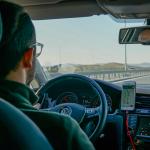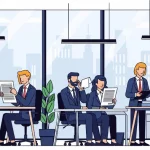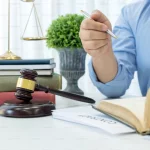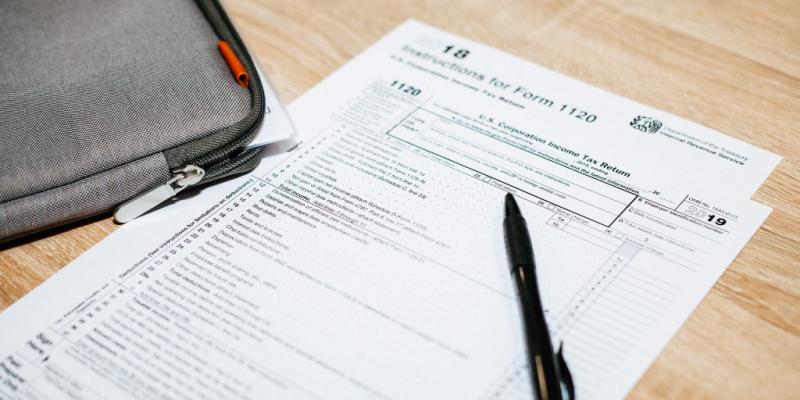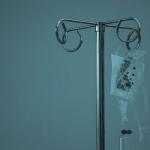Hit by a Car in Alabama? What to Do Right After
When a pedestrian is hit by a car, the aftermath can be overwhelming—physically, emotionally, and legally. In Alabama, where traffic laws and fault rules are distinct, understanding your immediate next steps after being hit by a car can significantly influence your recovery and any potential claims. Whether you’re someone who’s recently said, “I got hit by a car,” or you’re researching on behalf of someone else, this article outlines the crucial first actions to take and how legal options may apply.
Step One: Prioritize Medical Attention
After being hit by a car, your immediate reaction might be confusion, shock, or even embarrassment—especially if you're able to stand or walk afterward. But it's important to remember that not all injuries present symptoms right away. Internal bleeding, concussions, or musculoskeletal trauma can take hours or even days to become evident. That’s why the very first thing you should do is seek medical attention, even if you feel “okay.”
Prompt evaluation by a medical professional does two things. First, it protects your health by diagnosing injuries that might otherwise go untreated. Second, it creates official medical documentation, which becomes a vital part of any potential legal claim. If you’re injured after being hit by a car and choose to pursue compensation later on, insurers or opposing legal teams will review medical records closely. Gaps in treatment or delayed care can be used to question the seriousness or cause of your injuries.
Step Two: Contact Law Enforcement and Gather Evidence
Once your immediate medical needs are addressed—or if you're not in need of an ambulance—the next critical step is to involve law enforcement. Alabama law requires that the driver involved in a pedestrian accident stay at the scene and notify the police if any injury occurs. When officers arrive, they will create an official accident report that includes statements from both parties, details of the scene, and any obvious traffic violations. This report can be one of the strongest pieces of evidence when building a legal case or filing an insurance claim.
If you are physically able and safe to do so, begin gathering your own evidence while still at the scene. This may include:
- Photographs of the scene, including traffic signals, crosswalks, vehicle damage, skid marks, and your visible injuries.
- Contact information for the driver involved, including license plate number, driver’s license details, and insurance information.
- Eyewitness accounts: Bystanders who saw the accident may be willing to provide statements. Ask for their names and phone numbers.
These details are especially crucial if questions arise later about who was at fault. In Alabama’s strict contributory negligence system, the burden is high to prove the driver’s full responsibility. That’s why gathering clear, unbiased evidence early on is essential if you end up needing legal help after being hit by a car.
Moreover, don't assume the police report alone will contain every useful detail. Officers may miss things or only document what was apparent at the time. Your own evidence can fill in important gaps, especially when the circumstances are disputed.
Understanding Alabama’s Fault System
Alabama follows a pure contributory negligence rule, which is stricter than many other states. This means that if the injured pedestrian is found even 1% at fault for the incident, they may be barred from recovering any damages. For example, if you were crossing outside a marked crosswalk, insurance companies may attempt to use that to limit or deny your claim.
This makes it especially important to consult a hit by a car accident lawyer who understands Alabama's fault laws and how to build a compelling case despite them.
Can You Sue if You're Hit by a Car?
Yes, you can. If the driver was negligent—distracted, speeding, failing to yield, or under the influence—you may be able to pursue a personal injury lawsuit. Common types of compensation for being hit by a car include:
- Medical expenses (current and future)
- Lost wages or diminished earning capacity
- Pain and suffering
- Rehabilitation costs
Each case is unique, and outcomes often depend on the available evidence and how effectively fault is demonstrated. This is why many injured individuals choose to seek legal help if hit by a car in Alabama.
What Happens If You're Hit by a Car and the Driver Flees?
Unfortunately, hit-and-run incidents do occur. In these cases, uninsured motorist (UM) coverage can play a crucial role if the driver is not located. If you or a family member owns a vehicle in Alabama, your auto insurance policy may include UM coverage—even if you were walking at the time of the accident.
Legal professionals can help determine if such policies apply and guide you in filing the appropriate claims.
Protecting Your Rights After the Incident
Navigating the legal aftermath of being injured after being hit by a car is complex—particularly under Alabama’s contributory negligence laws. While every case is different, documenting the incident, following medical advice, and understanding your legal standing are foundational steps.
Law firms that support victims of pedestrian accidents often focus on thorough investigation and advocacy, particularly in cases where fault may be contested or unclear. For professionals advising injured pedestrians, encouraging an early conversation with legal counsel can help safeguard their interests and clarify next steps.
Don’t Wait! Seek Justice Now!
Being hit by a car is not just a physical trauma—it’s a legal situation that requires careful handling from the start. In Alabama, where even partial fault can prevent recovery, it's essential to act promptly and knowledgeably. While not every incident leads to a lawsuit, many do benefit from early guidance by legal professionals experienced in pedestrian injury claims.
For law firms working within their communities, helping clients understand what happens if you're hit by a car—and how to respond—is not only valuable, it’s empowering. When a firm is positioned as a resource rather than a service seller, it becomes part of the support system injured pedestrians truly need.
More to Read:
Previous Posts:

